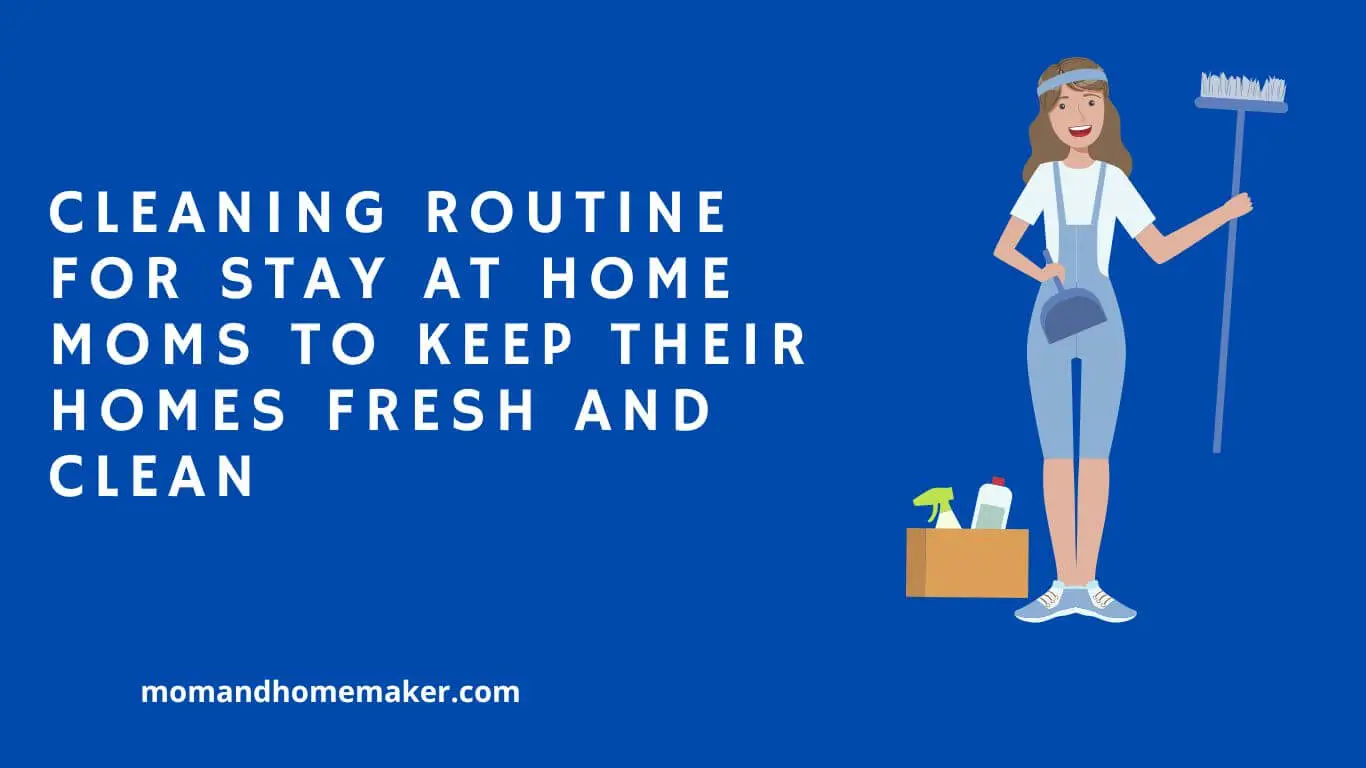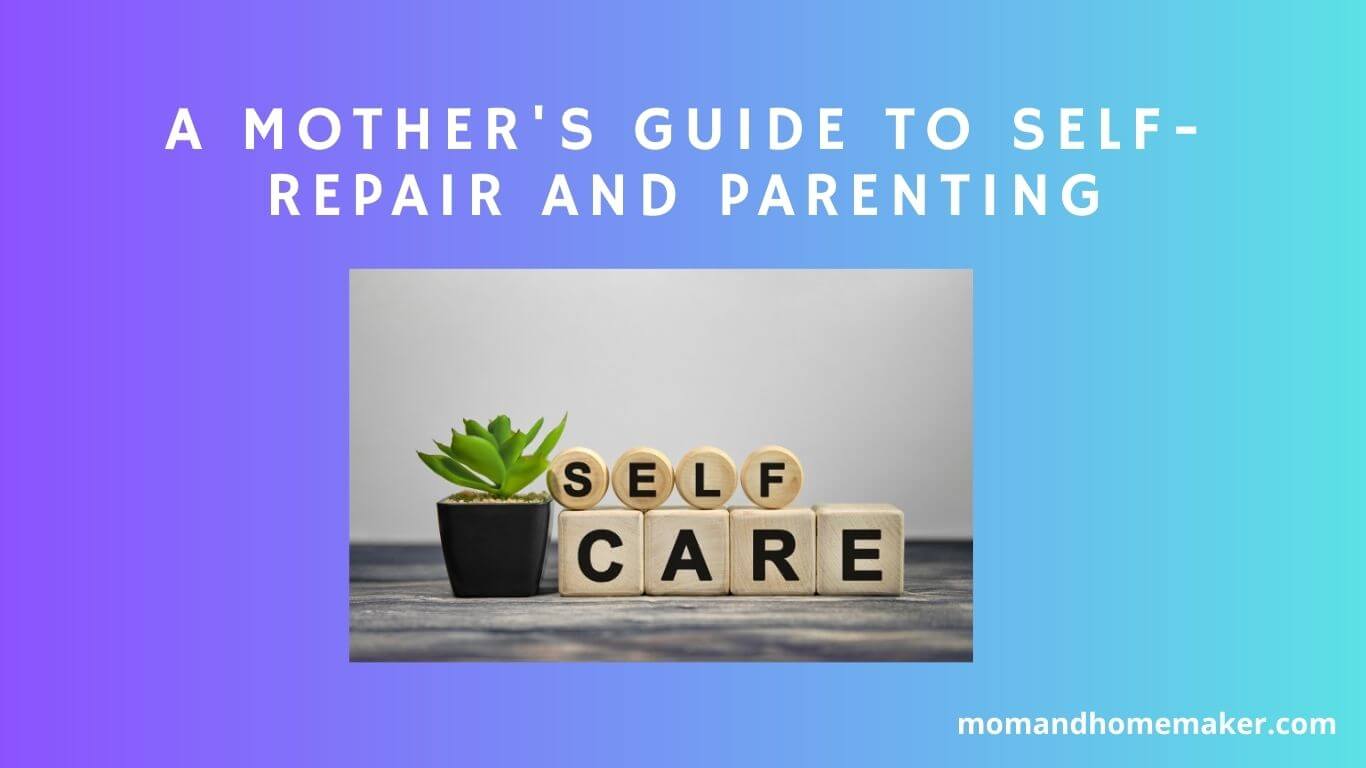Supporting a stay-at-home mom is a crucial aspect of a husband’s role in a partnership. The dynamics involved in this situation can be complex, requiring a husband to share household responsibilities and provide emotional support.
It’s not just about helping out; it’s about working together as a team to ensure mutual support and understanding. By delving into the intricacies of this partnership, we gain a deeper appreciation for the importance of collaboration and teamwork in a relationship.
Importance of Supportive Roles
Supporting your partner as a stay-at-home mom is vital for maintaining a healthy and harmonious family dynamic. By offering spousal encouragement and working together as a team, you can create a supportive environment where your partner feels valued and appreciated for the important work they do in caring for your family.
Partner support has a significant impact on the well-being of both your partner and your children. Showing gratitude for the hard work and dedication your partner puts into managing the household and looking after the kids can greatly boost their morale and overall happiness.
Recognizing their efforts can help cultivate a positive atmosphere at home, leading to a stronger bond among all family members.
Division of Household Responsibilities
Ensuring a fair and balanced division of household responsibilities is essential for a harmonious home environment. Communication and mutual agreement on tasks are key in a partnership where one parent is a stay-at-home mom. Here are some tips to help achieve this:
- Equal Participation: Both partners should actively contribute to household chores. While the stay-at-home mom may handle more tasks during the day, the husband’s involvement in shared responsibilities can lighten the overall load.
- Balanced Workload: Tasks should be divided based on each person’s strengths and availability. Being a stay-at-home mom is a full-time job, so responsibilities should be distributed fairly to prevent burnout.
- Regular Check-ins: Schedule regular discussions to assess the division of household responsibilities. Adjustments may be necessary as circumstances change, ensuring that both partners feel supported and appreciated.
Emotional and Physical Support
Supporting your stay-at-home partner emotionally and physically is vital for creating a nurturing and caring household environment.
Your role in providing emotional validation and physical assistance significantly impacts your partner’s mental health and well-being. Actively engaging in supporting your spouse contributes to a loving and harmonious home for the entire family.
Here are ways to offer support and their effects:
- Listening actively: When you listen attentively to your partner’s feelings, it helps improve their mental health by making them feel heard and understood. This fosters a safe and supportive environment for open communication.
- Taking over tasks: Offering to handle tasks to give your partner a break enhances their physical well-being by reducing stress and fatigue. It promotes relaxation and relief, encouraging a more positive outlook.
- Planning surprises: Small gestures or surprises to show appreciation boost emotional validation and strengthen your bond. This fosters an atmosphere of gratitude and affection, leading to a happier partnership.
Financial Contributions in Partnership
When discussing financial contributions in a partnership, it’s important to understand the significance of shared responsibilities in maintaining a stable household. Both partners play a crucial role in ensuring the well-being of the family unit through equal contributions. Here are some key points to consider:
- Budgeting Together: Collaborate to create a budget that reflects your shared financial goals and priorities. This approach promotes transparency and unity in your financial decisions.
- Open Communication: Keep communication about finances open and honest. Discuss any concerns or changes promptly to avoid misunderstandings or conflicts.
- Supporting Each Other’s Goals: Recognize and support each other’s individual financial goals. Working together to achieve these aspirations reinforces the idea of equal contribution and mutual respect within the partnership.
Shared Parenting Responsibilities
Sharing parenting responsibilities can strengthen the bond between partners and create a sense of teamwork in raising children.
When both partners actively participate in tasks like changing diapers, cooking meals, and assisting with homework, they show their dedication to the family. This shared effort not only benefits the children but also nurtures a collaborative and supportive relationship between partners.
Effective communication about parenting duties and capabilities is key to evenly distributing responsibilities. By discussing each partner’s strengths and availability, a balanced parenting plan can be established to ensure that both feel valued and supported in their roles.
This mutual understanding and cooperation contribute to a harmonious household where parenting is a shared responsibility.
Communication and Understanding
To build a strong partnership in parenting, it’s crucial to prioritize open communication and mutual understanding with your partner. Effective communication is the cornerstone of a harmonious relationship, ensuring that both partners feel valued and supported.
Here are some essential tips to improve communication and understanding in your partnership:
- Listen with Empathy: Take the time to listen to your partner’s thoughts and feelings without judgment. This shows respect and helps build a deeper connection between you both.
- Show Appreciation and Support: Acknowledge and appreciate each other’s efforts and challenges. Recognize the hard work your partner puts into caring for the family and managing the household. Offer support and empathy during difficult times.
- Make Time for Each Other: Set aside quality time to bond without distractions. Engage in meaningful conversations, share your joys and concerns, and work together to address any issues that arise. Prioritizing this time together strengthens your connection and understanding.
Appreciation for Hard Work
Appreciating the hard work of a stay-at-home mom is crucial for nurturing a supportive and understanding partnership within a family.
Recognizing the effort and dedication she puts into caring for the household and children is vital. Showing gratitude for her daily contributions can significantly impact her well-being and the overall family dynamic.
Acknowledging the challenges she faces and the responsibilities she manages demonstrates respect for her role within the family. Understanding the value of her work, even when it may not be visibly apparent, is essential for building a strong and harmonious relationship.
Taking the time to thank her for all that she does, whether through words of appreciation or small acts of kindness, can greatly make her feel valued and supported.
It’s important to remember that a stay-at-home mom’s efforts are continuous and often extend beyond regular working hours. Genuine appreciation for her hard work can uplift her spirits and inspire her to keep giving her best to the family.
By recognizing her contributions and expressing gratitude for her sacrifices, you not only strengthen your bond but also create a more loving and nurturing environment for everyone in the household.
Respecting Each Other’s Roles
Understanding and respecting each other’s roles is vital for a healthy and supportive family relationship. Showing gratitude and maintaining a balanced approach to roles can lead to a harmonious and united household.
- Gratitude: Recognizing and appreciating each other’s contributions fosters a positive environment of respect and thankfulness. Expressing gratitude for the roles fulfilled by you and your partner strengthens the bond between you and nurtures a culture of appreciation within the family. This practice not only uplifts spirits but also promotes ongoing support and empathy.
- Role Balance: Achieving a balance in roles facilitates the smooth operation of daily tasks and duties. Recognizing the significance of each role in the family dynamic helps in effectively allocating responsibilities. By valuing both the provider and caregiver roles, you establish a sense of equality and teamwork, ensuring that every member feels valued and essential.
- Communication: Open and honest communication is crucial for respecting each other’s roles. By openly discussing expectations, concerns, and emotions related to family roles, you can address any potential conflicts or misunderstandings. This creates a supportive atmosphere where both partners feel heard and understood, leading to a stronger and more harmonious relationship.
Flexibility in Daily Routines
Flexibility in daily routines is key to managing the dynamics of your household effectively, especially as a stay-at-home mom juggling parenting challenges and striving for work-life balance. Parenting is full of surprises, so being adaptable in your daily routines is essential. By staying open to changes, you can handle unexpected situations while still efficiently managing your tasks.
Balancing your responsibilities as a stay-at-home mom and prioritizing self-care requires good time management. Incorporating flexibility into your daily routines allows you to make time for practices that help you recharge and take care of yourself.
This balance not only benefits your mental and physical well-being but also sets a positive example for your family on the importance of self-care.
Encouraging Self-Care Practices
Encouraging self-care practices is essential for maintaining your well-being and resilience, especially in the busy role of a stay-at-home mom. While juggling your family’s needs, it’s crucial to prioritize taking care of yourself. Here are some self-care tips to help you nurture yourself amidst your daily tasks:
- Establish a Daily Self-Care Routine: Make time each day for self-care activities, even if it’s just a few minutes. Whether it’s savoring a cup of tea in the morning, going for a short walk, or practicing mindfulness, these moments can help you recharge.
- Engage in Personal Growth Activities: Set aside time to participate in activities that support your personal growth and development. This could involve reading a book, enrolling in an online course, or pursuing a hobby that brings you joy. Investing in yourself contributes to your overall well-being.
- Prioritize Wellness Habits: Create wellness routines that promote your physical and mental health. This may include regular exercise, eating nutritious meals, staying hydrated, and getting enough rest. Taking care of your body and mind enables you to better fulfill your caregiving role.
Time Management Strategies
Managing your time effectively as a stay-at-home mom involves creating a consistent routine to balance your various responsibilities and personal needs.
Setting priorities and boundaries is crucial in maximizing your productivity without feeling overwhelmed. By structuring your day efficiently, you can ensure that both family duties and personal tasks are completed.
Here are some practical time management strategies to help you in this juggling act:
- Start by making a daily to-do list with the most important tasks at the top to stay organized.
- Break down tasks into smaller, manageable steps to make them less daunting.
- Delegate tasks to family members to lighten your load and foster teamwork.
- Communicate your boundaries clearly with your family to minimize interruptions during designated work hours.
- Learn to say no to additional responsibilities when necessary to prevent burnout.
- Schedule time for self-care activities daily to recharge and prioritize your well-being.
- Engage in activities that bring you joy and relaxation to maintain a healthy balance in your life.
Planning Quality Family Time
Planning quality family time involves intentionally creating moments that strengthen bonds and foster meaningful connections among loved ones. Family outings and bonding activities are essential for building strong relationships and creating lasting memories.
Here are some simple yet impactful ways to enhance your family time:
- Picnic in the Park: Pack some homemade goodies, a cozy blanket, and head to a nearby park for a relaxed afternoon of fun. Enjoy the fresh air, play games, and savor delicious treats together.
- Movie Night: Set up a cozy movie night at home complete with popcorn, blankets, and everyone’s favorite films. Snuggle up on the couch, laugh together, and create a shared experience that will be cherished for years to come.
- Nature Walk: Take a leisurely stroll through nature, whether it’s a local trail, botanical garden, or beach. Appreciate the beauty around you, engage in meaningful conversations, and relish the tranquility of being together in the great outdoors.
Quality time with your family isn’t just about being physically present but also about being emotionally engaged. By prioritizing these bonding activities, you’re investing in the well-being and happiness of your loved ones while creating memories that will be treasured for a lifetime.
Addressing Potential Challenges
When supporting a stay-at-home mom as a husband, it’s essential to tackle potential challenges effectively to maintain a harmonious family dynamic. These challenges can test your bond but addressing them can strengthen your relationship and create a supportive environment for your family.
- Time Management Challenges: Balancing household tasks, childcare, and personal time can overwhelm a stay-at-home mom. To tackle this, create a schedule together, assign specific tasks, and consider childcare assistance.
- Emotional Support Needs: Stay-at-home moms may feel isolated or overwhelmed, requiring emotional support and validation. Regular check-ins, active listening, offering assistance, and expressing appreciation can help.
- Balancing Priorities: Juggling children’s needs, household chores, and personal time can be demanding. Open communication, prioritizing tasks together, and making time for self-care are key strategies.
- Relationship Dynamics: Changes in roles and responsibilities can impact the spousal relationship. Foster regular communication, understand each other’s perspectives, and work as a team to navigate these shifts effectively.
Building a Strong Team Dynamic
When supporting a stay-at-home mom, it’s essential to work closely with your spouse to build a strong team dynamic. This teamwork and trust are vital for creating a positive environment where both partners feel valued and supported. Here are practical ways to strengthen your partnership:
- Clear Communication: Effective and honest communication is key to understanding each other’s needs and concerns. By actively listening and expressing thoughts respectfully, you can create a supportive atmosphere to work together towards common goals.
- Balanced Responsibilities: Recognize the importance of both partners’ roles in the family. Understanding each other’s priorities and duties allows for effective task division, ensuring that both the stay-at-home mom and the working spouse feel appreciated and supported.
- Efficient Time Management: Juggling multiple responsibilities requires efficient time management. Collaborate with your spouse to create a schedule that accommodates family time, personal pursuits, and relaxation. By managing time effectively as a team, you can reduce stress and enhance productivity in your daily routines.
Conclusion
Just like how a ship requires both a captain and a first mate to navigate rough waters successfully, a husband’s support plays a vital role in helping a stay-at-home mom navigate the challenges of motherhood.
By being her anchor, he can help her overcome any obstacles and steer them towards smoother sailing.
Together, they can form a strong team dynamic that not only benefits their family but also strengthens their bond for the long haul.









